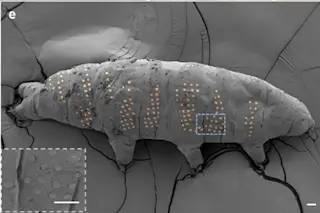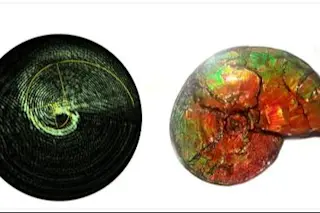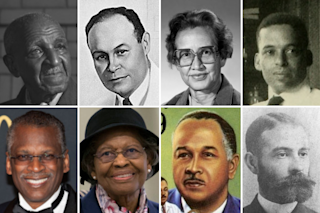In the not-so-distant future, surfing the web at 35,000 feet will be just as reliable as going online at your favorite coffee shop. Who do we thank for this aeronautical innovation? Teams of engineers have been leading the charge to bring us quality in-flight internet, but there’s another WiFi hero you probably didn’t expect… potatoes!
Photo credit: Boeing Providing strong and consistent WiFi throughout a crowded airplane cabin presents an interesting challenge. Because the human body can interfere with WiFi signals, a cabin full of passengers can wreak havoc on an otherwise stable internet connection. But running rigorous WiFi tests on a full, airborne flight is impractical. And holding passengers hostage for days in a grounded airplane cabin is just unthinkable. Enter the potato. Potatoes and humans have comparable dielectric properties, meaning that they similarly interact (and interfere) with WiFi signals. Engineers at Boeing used this to their advantage, creating ...













